Funk music, with its infectious grooves and driving rhythms, stands as a cornerstone of modern music, shaping genres from hip-hop to jazz. At its core, funk’s rhythmic foundation is a intricate tapestry of beats and timing that defines its unique identity. This article delves into the essential elements of funk music’s rhythmic structure, exploring its defining characteristics, influential artists, and its profound impact on music production. From the pulsating basslines to the syncopated drum patterns, funk’s rhythmic foundation is a testament to its cultural significance and enduring appeal. By examining the key features of funk music, we’ll uncover how its rhythmic innovations continue to inspire musicians worldwide, making it a cornerstone of music history.
Key Takeaways
– Funk Rhythm Defined: The driving, syncopated beats and strong groove of funk music, marked by offbeat accents and primal energy, form its rhythmic foundation.
– BPM Range: Funk typically operates within a 90-100 BPM range, with 100 BPM being a common tempo for its signature groovy feel.
– Funk vs. Swing: While funk features a steady, consistent pulse, swing offers an elastic and interactive rhythm, creating a dynamic contrast between the two genres.
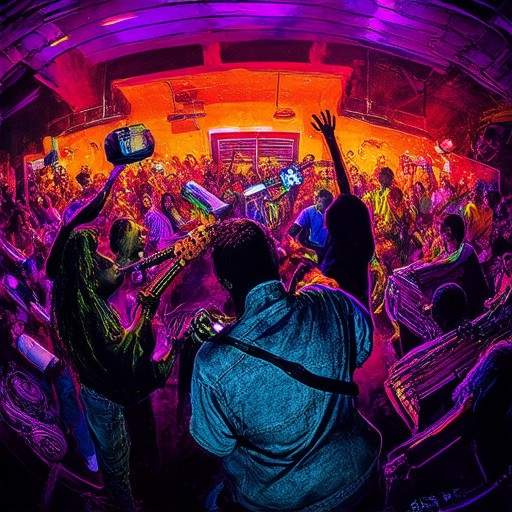
Rhythmic Features of Funk Music
Funk music is characterized by its unique and driving rhythmic patterns, which form the backbone of its infectious grooves. Below are the key rhythmic elements that define funk:
- Syncopated Bass Lines : Funk basslines often feature syncopation, playing off the beat or in a staggered rhythm, creating a sense of tension and release. This contrasts with the steady pulse of the drums, giving the music its characteristic feel.
- 16th Note Groove : One of the most iconic aspects of funk is its 16th note groove, where the snare drum and bassline drive the beat with a constant, insistent rhythm. This pattern is often used in tracks like “Ain’t No Sunshine” by Bill Withers and “Get Lucky” by Daft Punk.
- Strong Downbeats : Funk music typically has a strong, solid downbeat, often accented on the 2 and 4 beats of the measure. This creates a powerful sense of momentum and keeps the listener moving.
- Rhythmic Complexity : Funk music often incorporates polyrhythms, where multiple rhythms are played simultaneously in different tempos or meters. This complexity adds depth and interest to the music.
- Use of Space : Funk musicians often use pauses and spaces within the rhythm to create dramatic effects. This can heighten the emotional impact of the music, making it more dynamic and engaging.
- Groove-Oriented Drumming : Funk drumming is known for its emphasis on groove. Drummers often focus on creating a solid, locktight rhythm that anchors the entire track, allowing other instruments to solo or improvisate around it.
These rhythmic features contribute to the raw energy and danceability of funk music, making it a genre that continues to influence popular culture. From its origins in African American communities to its global reach, funk’s rhythmic essence remains timeless.
What Are the Fundamentals of Funk Music?
Funk music is a genre characterized by its deep grooves, syncopated rhythms, and emphasis on basslines. Originating in African American communities in the mid-1960s, funk developed alongside other genres like soul and rock, eventually influencing countless styles from hip-hop to jazz fusion. Here are the key elements that define funk:
1. Origin and Influence
Funk emerged from the Black musical tradition, drawing from blues, gospel, and rhythm and blues (R&B). Artists like James Brown and Curtis Mayfield were instrumental in shaping the genre, incorporating a driving beat and syncopated basslines that became synonymous with funk. Brown’s work, in particular, emphasized the importance of the bassline as a central element.
2. Key Instruments
- Bass Guitar : The bassline often takes center stage in funk tracks, creating a thick, pulsating rhythm that drives the music. Artists like Bootsy Collins and George Clinton were renowned for their virtuosic bass playing.
- Drums : Funk drumming is characterized by its loose, propulsive rhythm. Drummers like Clyde Stubblefield and John Bonham are celebrated for their ability to create dynamic grooves.
- Guitar : While less prominent than the bass, guitarists often contribute to the rhythmic texture with chords and riffs that complement the bassline.
3. Notable Artists
Some of the most influential funk artists include:- James Brown : Known as the “Godfather of Funk,” Brown’s high-energy performances and innovative arrangements set the standard for the genre.- Curtis Mayfield : A pivotal figure in both funk and soul, Mayfield’s work blended social commentary with infectious grooves.- Parliament : Led by George Clinton, Parliament took funk to new heights with their sci-fi-themed concept albums and intricate arrangements.- Tower of Power : Renowned for their live performances, Tower of Power delivered powerful funk anthems that remain timeless.
4. Cultural Impact
Funk music has had a profound impact on popular culture, influencing genres from hip-hop to disco and jazz fusion. Its raw energy and social commentary resonated with audiences worldwide, fostering a sense of unity and celebration through its infectious rhythms.
5. Evolution Over Time
While traditional funk remains a cornerstone of the genre, it has evolved into hybrid forms like funk jazz and funk rock. Artists like Herbie Hancock and Red Hot Chili Peppers have expanded the boundaries of funk, incorporating elements from various genres while staying true to its core principles.
Legacy
Today, funk continues to thrive, with new generations of artists paying homage to its roots while exploring fresh sounds. Platforms like Tiger Funk celebrate this rich heritage, offering in-depth articles, artist profiles, and album reviews that highlight the evolution of funk and its enduring influence.
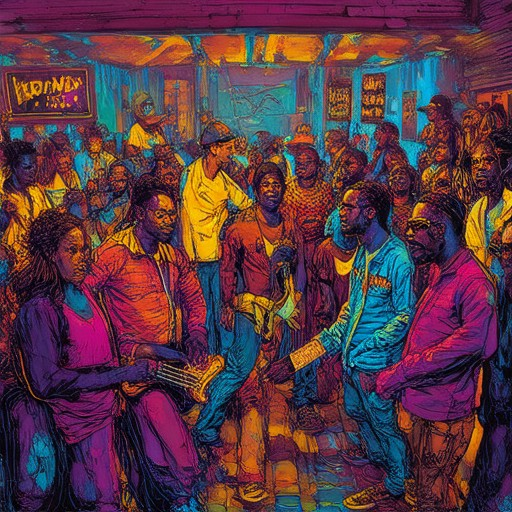
What Beat Is the Rhythmic Foundation for Funk?
The rhythmic foundation of funk is rooted in a strong, insistent downbeat on the first beat of each measure, often referred to as “the one.” This pulse is a hallmark of funk music, providing a solid groove that drives the track forward. Funk drummers typically use intricate patterns that interplay with the bassline, incorporating syncopation and off-beat accents to create a dynamic rhythm.
This emphasis on the first beat contrasts with other genres that may focus more on the second and fourth beats. The result is a hypnotic and danceable feel that is characteristic of funk.
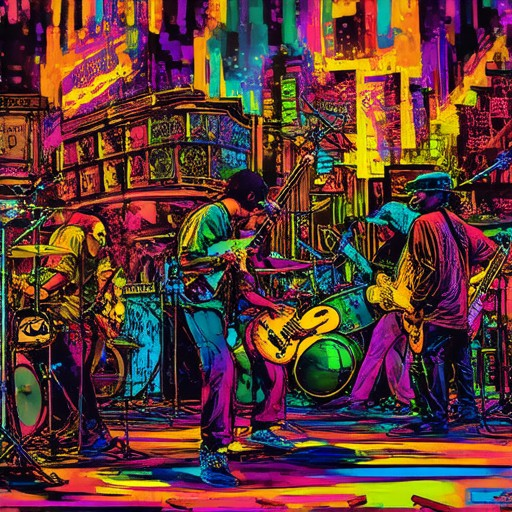
What is the rhythm of funk?
The rhythm of funk is a driving, syncopated beat that forms the foundation of this music genre. It is characterized by its strong, pulsating grooves and offbeat accents, creating a unique and infectious feel. Funk rhythm often incorporates syncopation, where the weak beats are emphasized, giving it a raw and primal energy.
Key characteristics of funk rhythm include:
- Syncopation : A common element in funk music, syncopation involves playing notes or rhythms on the weaker beats, creating a contrasting effect to the stronger beats.
- Offbeat Rhythms : Funk often features rhythms that fall outside the standard 4/4 time signature, adding complexity and a distinct flavor.
- Groove : The backbone of funk music, the groove is a deep, resonant feeling that can be felt in the basslines and drum patterns.
Funk rhythm is heavily influenced by African musical traditions and is often accompanied by prominent basslines, snappy drumming, and bold horn sections. This rhythmic style has had a lasting impact on various music genres, from hip-hop to contemporary pop.
For more insights into funk music and its cultural significance, visit Tiger Funk to explore in-depth articles and historical retrospectives.
What BPM is Funk Usually?
Funk music typically has a beat per minute (BPM) ranging from 90 to 100. The most common BPM for funk is around 100, which gives it its characteristic groovy feel. This tempo allows for a steady rhythm that is both danceable and versatile for various musical arrangements.
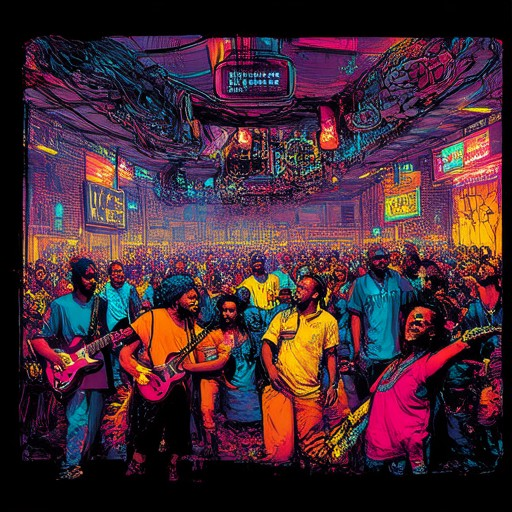
Funk vs. Swing: Understanding the Rhythms
The question of whether funk is considered “straight” or “swing” primarily revolves around the rhythmic differences between the two musical genres. To clarify, let’s break down the key aspects:
- Funk Rhythm: Funk typically features a steady, driving rhythm with a strong emphasis on 16th notes. The beats are evenly spaced, often with a consistent pattern of straight eighths. This creates a solid, groove-oriented feel.
- Swing Rhythm: Swing, on the other hand, is characterized by a more elastic and fluid tempo. The rhythm often feels less rigid, with a sense of forward momentum. The use of syncopation and rubato (slight tempo fluctuations) gives swing its distinctive feel.
When comparing the two, funk’s rhythm is often described as “straight,” meaning it maintains a constant pulse without the variations typical of swing. Swing, however, thrives on a more dynamic and interactive rhythm, creating a sense of spontaneity and energy.
To further illustrate this distinction, consider the iconic track “SUNNY” analyzed in a study on funk and jazz rhythms. The song employs a funk-style rhythm with straight eighths, whereas a swing interpretation might incorporate more syncopation and variation in timing.
In summary, while both genres share common roots in African American music, their rhythmic approaches differ significantly. Funk leans toward a straight, consistent beat, while swing embraces a more elastic and interactive rhythm.
Conclusion
The term “straight” in relation to funk refers to its consistent and steady rhythm, as opposed to the more variable and elastic nature of swing. Understanding these differences helps in appreciating the unique character and contributions of each genre to music history.

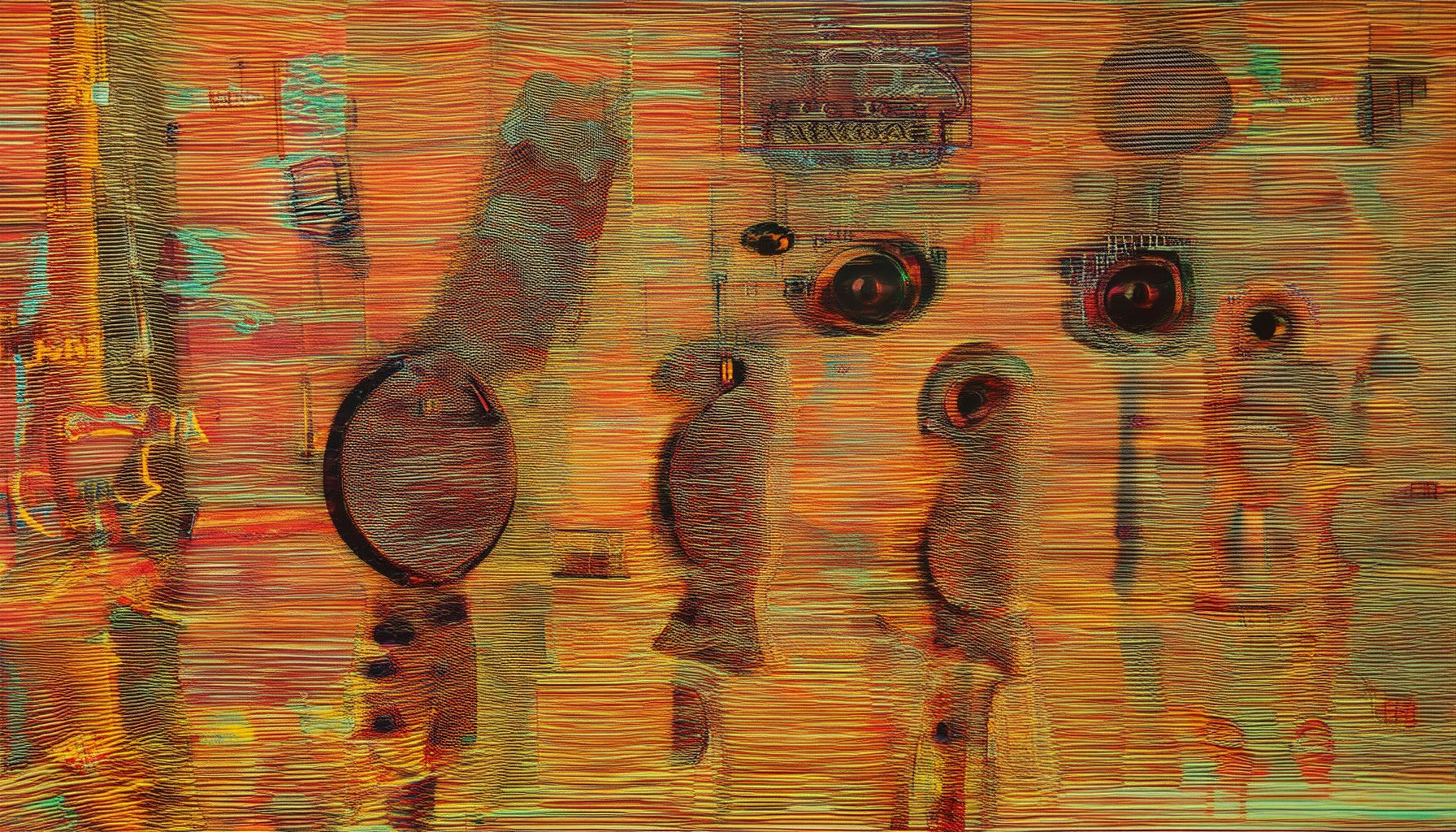
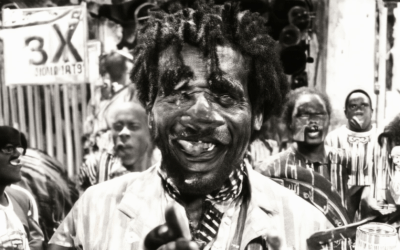
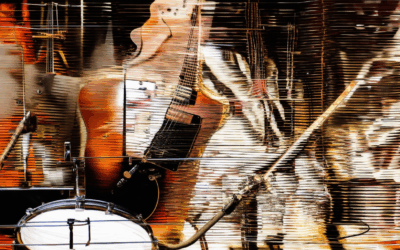
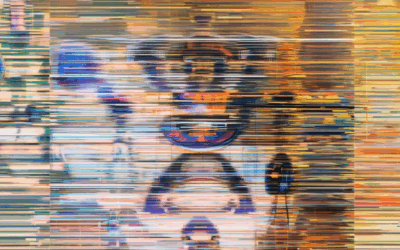
0 Comments